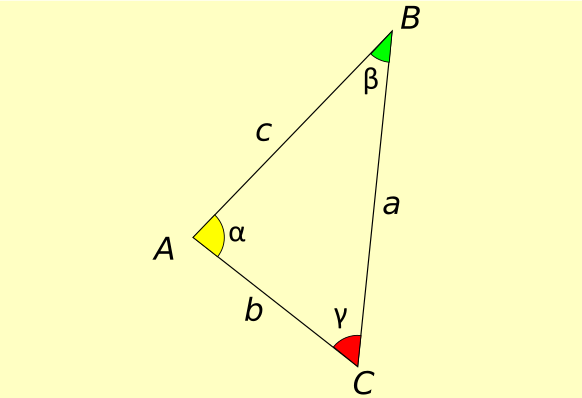In the following note we see what the numbering system used by the Romans consists of, we will see a summary table and some examples of conversion of Roman numerals into the numerical system currently used.
As you probably already know, the numerical system currently used is a system of Arab origin that slowly spread starting from 1200 and was adopted more decisively with the invention of movable type printing (15th century) to replace the Roman numerical system. For further topics on numerical sets and operations with numbers click on the following link.
We will see in the following note:
What is the Roman numeral system
The Roman numeral system is a decimal numeral system (the numeral base is 10) of type subtractive additive in which the number represented by the symbols is given by their sum or difference depending on the position. It is currently no longer used except for marginal purposes such as numbering the hours in clocks or to indicate pages in book prefaces.
This system is based on 7 symbols (I,V,X,L,C,D,M) each of which is associated with a specific numerical value:
by combining these symbols the Romans were able to express any other number. In the next paragraph we will see with which rules the Romans performed such combinations.
Rules
Let’s see below the rules used by the Romans for their numbering system:
-
- The symbols that represent the one THE the tenth X one hundred C and the thousand M can be repeated consecutively up to 3 times. The symbols representing five V the fiftieth L and the sixteenth century D instead they cannot be repeated more than once.
-
- If reading the number in order you come across symbols that represent decreasing or equal digits, then the number represented will be given by the sum of the individual symbols that represent it. Let’s see with an example:
The symbols in the order are decreasing because in the order we have M (1000), D(500), C(100) X(10) I(1). So the number represented in this case is:
1000+500+100+10+10+1+1 =1622
If in the reading order one or more symbols are encountered that interrupt the decreasing trend, then the above rule no longer applies. In this case you will need to subtract all the numbers that precede a larger number. Note that a larger number can follow a smaller one if the former is 10 times greater than the latter. Let us therefore consider the number 4. According to the previous rule, it could not be represented in this way:
we write could not as this is the general rule but there are some cases where it is represented in this way. The rule would be for the five symbol to be preceded by the one symbol:
Let’s look at a more complicated example:
In this case we have an M preceded by a C, a C preceded by an X and an
we have represented in red the numbers that precede a larger number. The calculation in this case must be done by adding all the figures in black and subtracting all those in red. We will therefore have:
1000+1000+100+10-100-10-1 =1999
With these rules it is possible with some ease to represent all numbers up to the number 2000-3000. For much larger numbers the Romans used a system of multiples to represent thousands and millions:
millions:
Alternative symbols
In some cases Roman numerals are expressed using another symbol (Ɔ) together. Let’s see some examples:
Note that multiples can be obtained simply by adding more C And Ɔ around the symbol THE.
Table of the first 1000 numbers
Below is a table of the first 1000 prime numbers:
 Let’s now see some examples of transformations from Arabic numerals to Roman numerals and vice versa.
Let’s now see some examples of transformations from Arabic numerals to Roman numerals and vice versa.
Conversion examples
Exercise 1
Convert the Roman numeral DCCCXIII
Let’s look at the symbols. The trend is decreasing as we first have the symbol of five hundred then that of one hundred followed by that of ten and then that of unity. In this situation, all the figures represented by the symbols are added. We will therefore have:
500+100+100+100+10+1+1+1 =813
Exercise 2
Convert the Roman numeral MDCCCXCV
Note that the progression of numbers is not decreasing. In this case the symbol X will have to be subtracted as it precedes a symbol with a greater value C. We will therefore have:
1000+500+100+100+100-10+100+5 =1895






